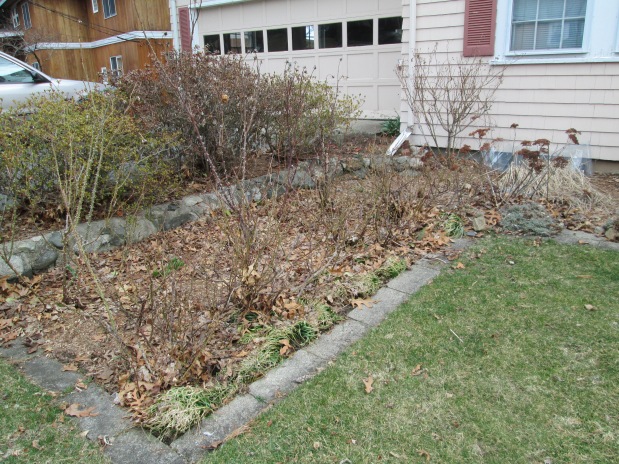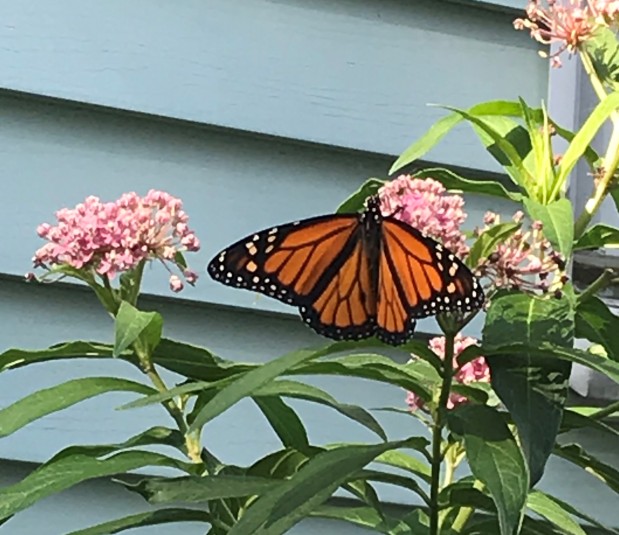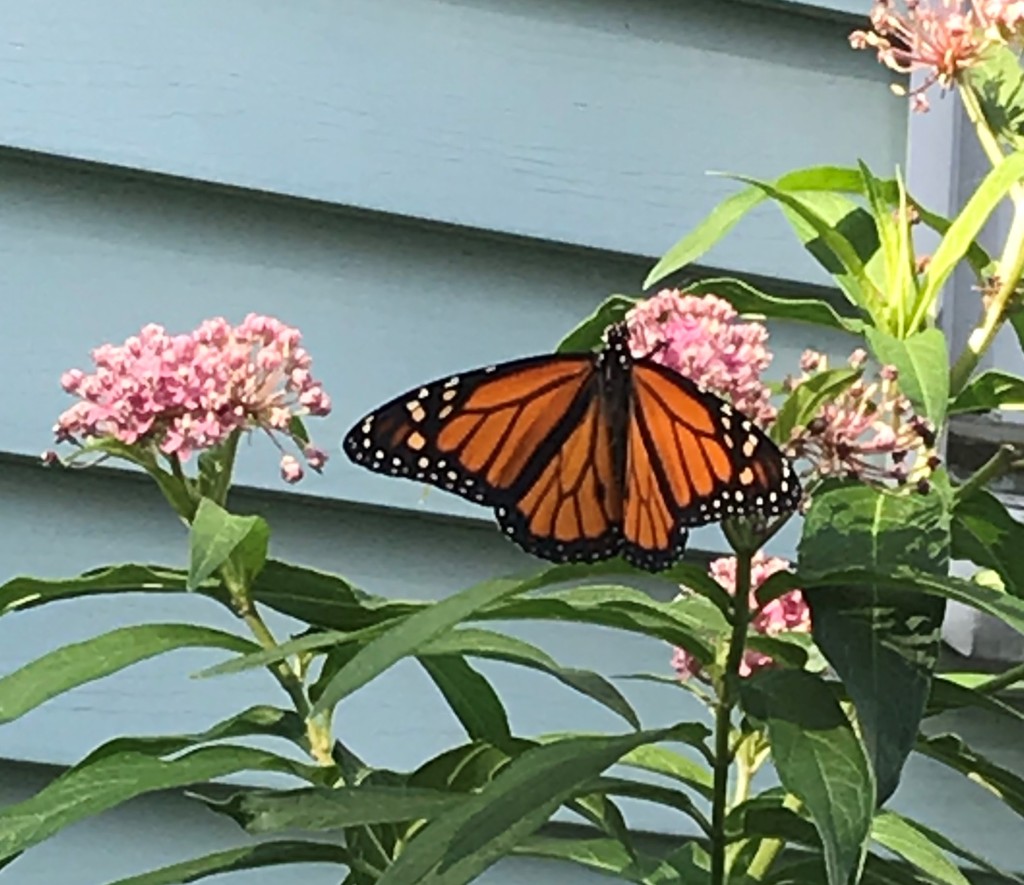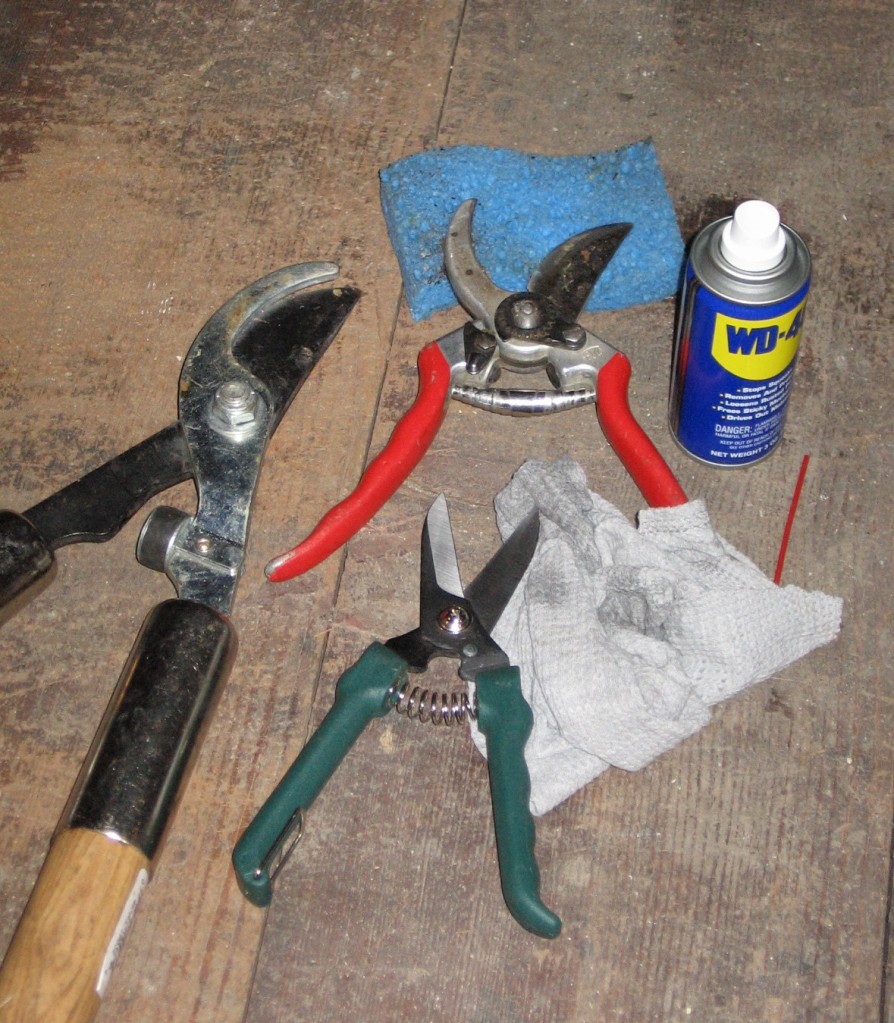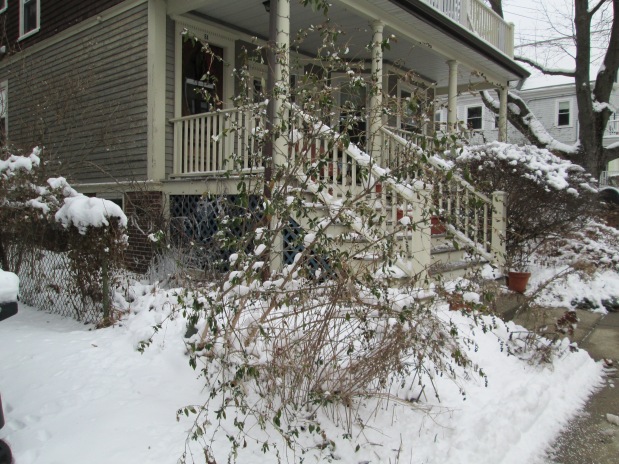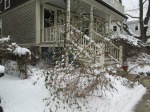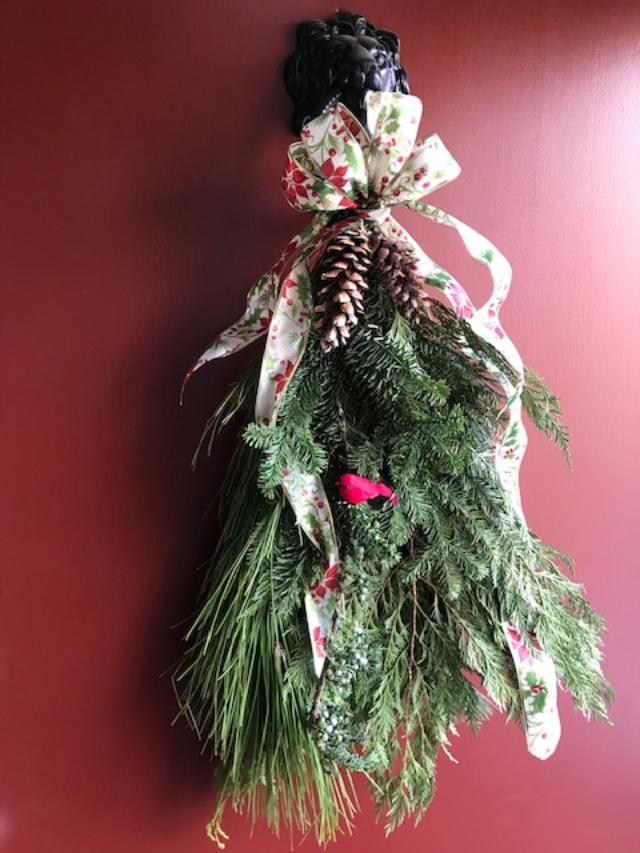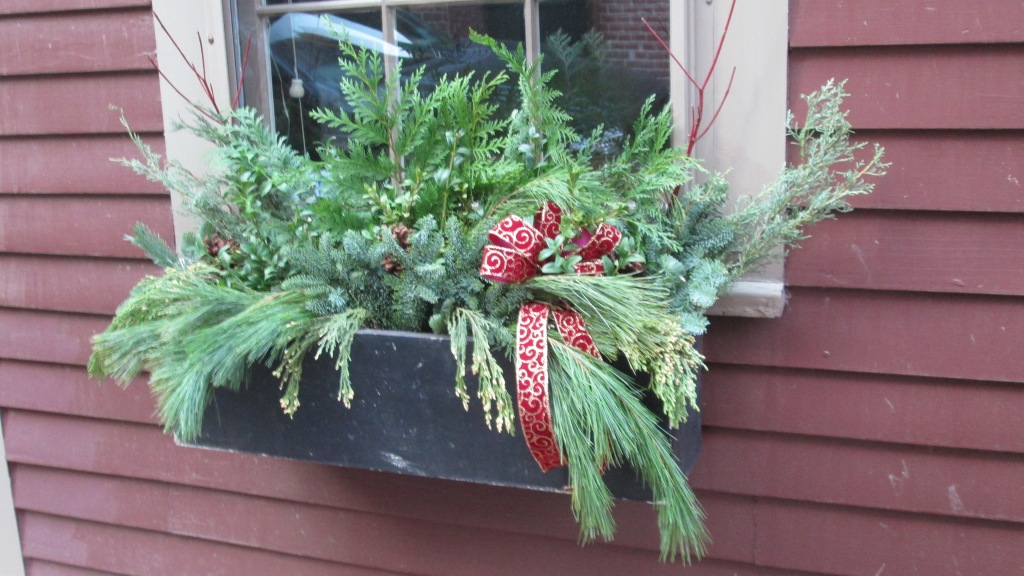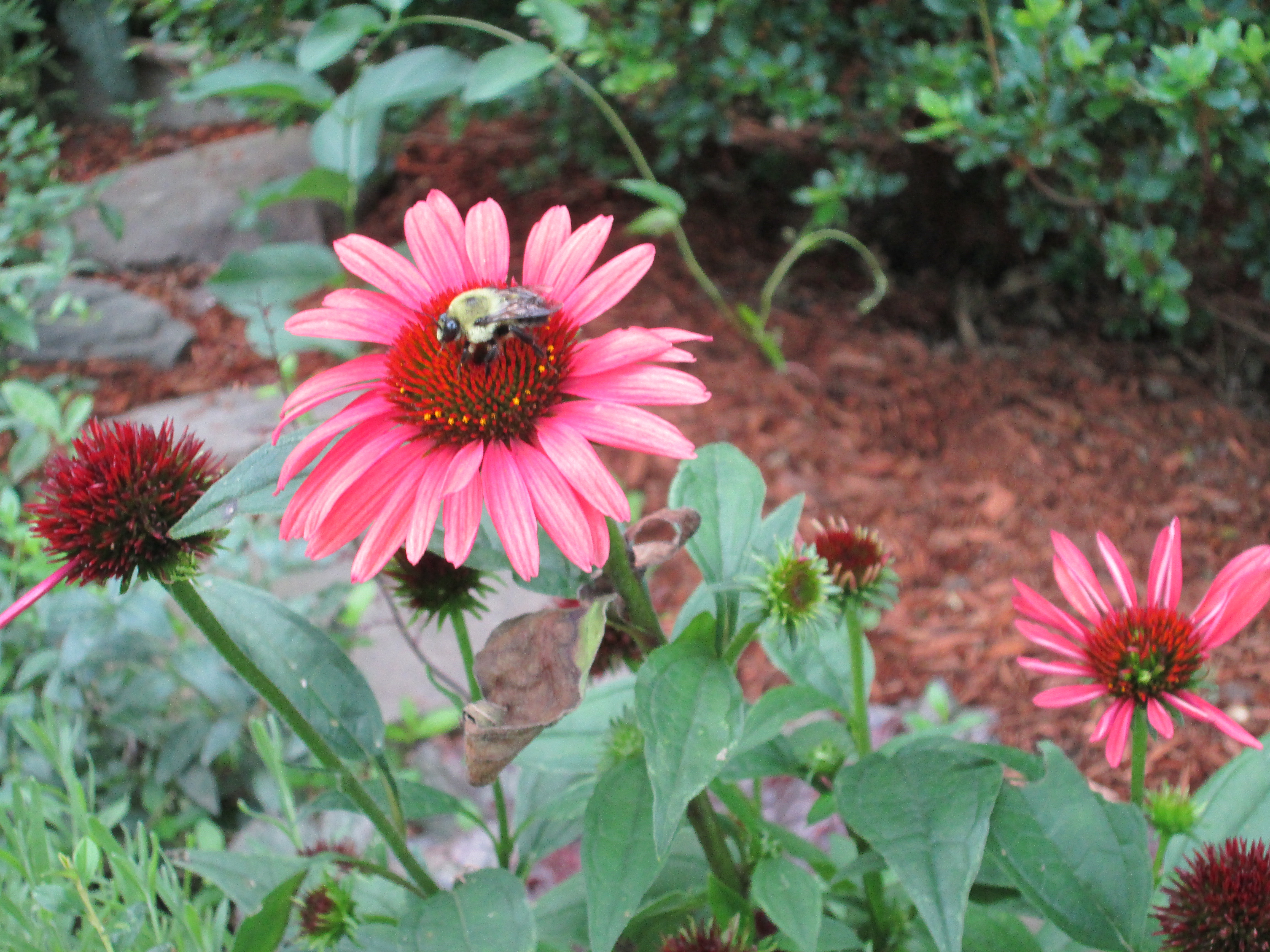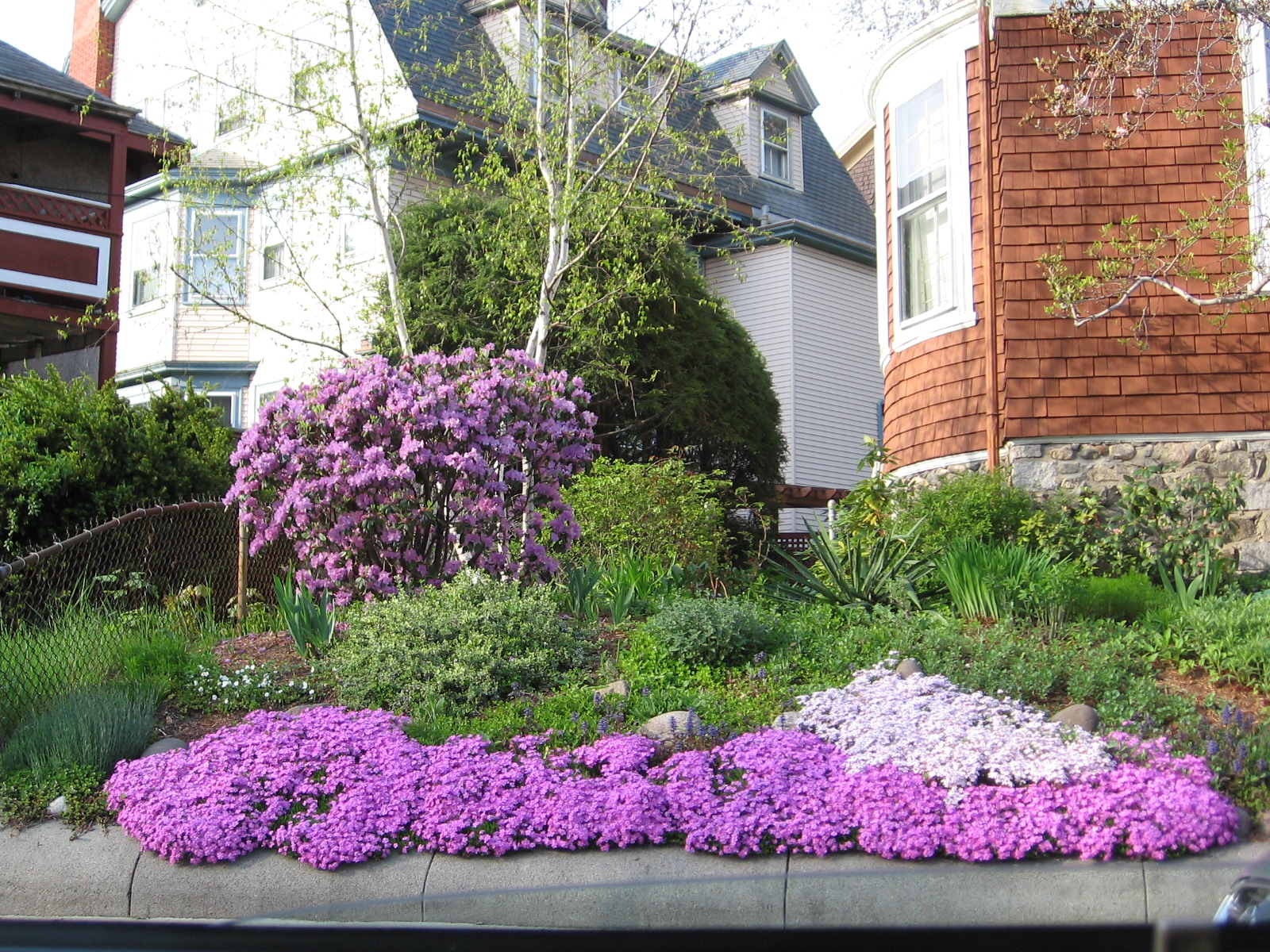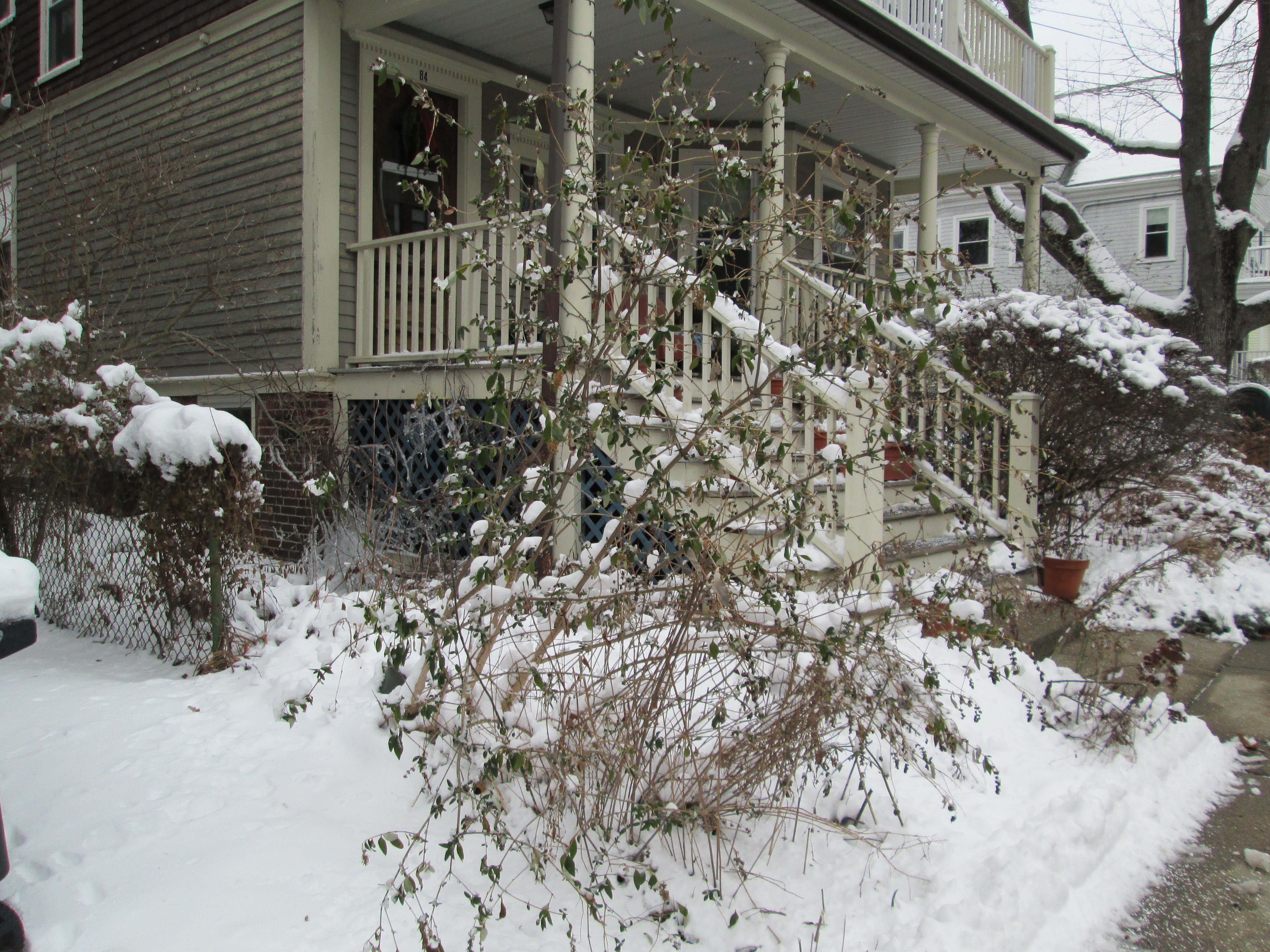Keep the leaves, please!
GREENPEACE CANADA added THIS EXCELLENT information here: Great spangled fritillary and wooly bear caterpillars tuck themselves into leaf piles for protection from cold weather and predators. Red-banded hairstreaks lay their eggs on fallen oak leaves, which become the first food of the caterpillars when they emerge. Luna moths and swallowtail butterflies disguise their cocoons and chrysalises as dried leaves, blending in with the “real” leaves (pulverizing leaves with lawn mowers hits different suddenly ![]() )
)
![]() Bumble bees rely on leaves for protection. At the end of summer, mated queen bumble bees burrow only an inch or two into soil to hibernate for winter. An extra thick layer of leaves provides protection from the elements.
Bumble bees rely on leaves for protection. At the end of summer, mated queen bumble bees burrow only an inch or two into soil to hibernate for winter. An extra thick layer of leaves provides protection from the elements.
![]() And there are many others that live in the leaves: spiders, snails, worms, beetles, millipedes, mites and more—which in turn support chipmunks, turtles, birds and amphibians.
And there are many others that live in the leaves: spiders, snails, worms, beetles, millipedes, mites and more—which in turn support chipmunks, turtles, birds and amphibians.
Nature needs fallen leaves and dried garden/lawn debris.
Leaving the leaves does not need to mean a messy yard. It can look like:
![]() raking them into garden beds, around tree bases or into other designated areas.
raking them into garden beds, around tree bases or into other designated areas.
![]() avoiding shredding leaves with a mower. Raking will keep leaves whole for the best cover and protect the insects and eggs already living there.
avoiding shredding leaves with a mower. Raking will keep leaves whole for the best cover and protect the insects and eggs already living there.
Wait until late Spring to clean up so as not to destroy all the life you’ve worked to protect.
Your yard is a universe![]()
NORMALIZE wild yards and leaving the leaves, for pollinators and other critters who need them as a source of shelter and food going into the winter ![]()
![]()
![]()
![]()
From our friends at Pollinator Friendly Yards

